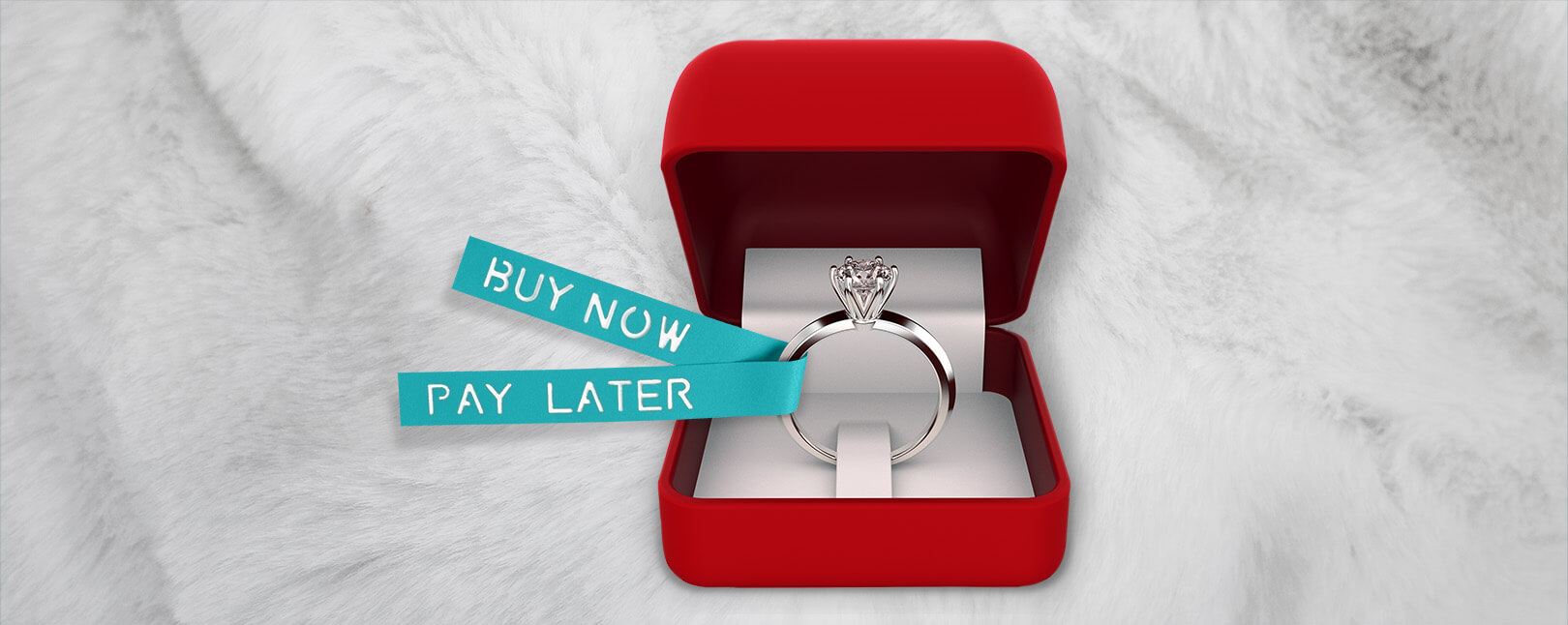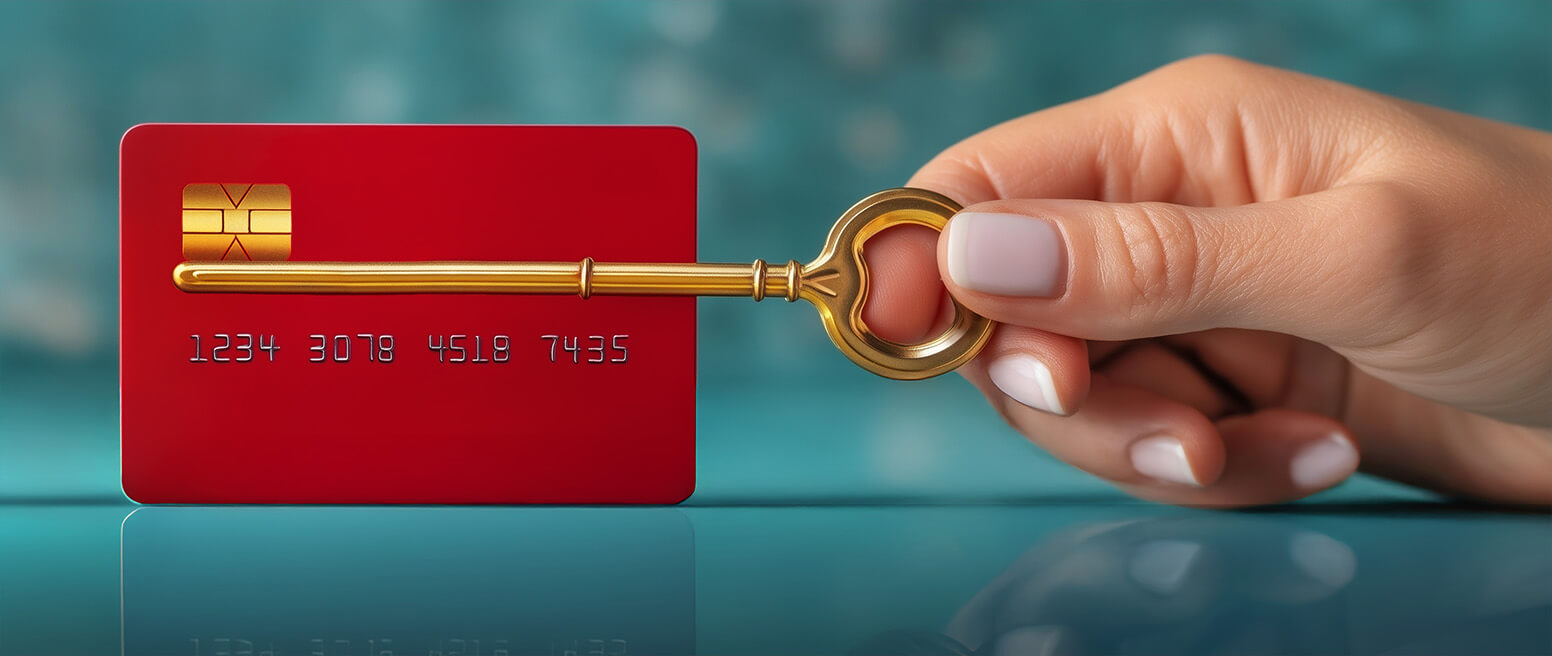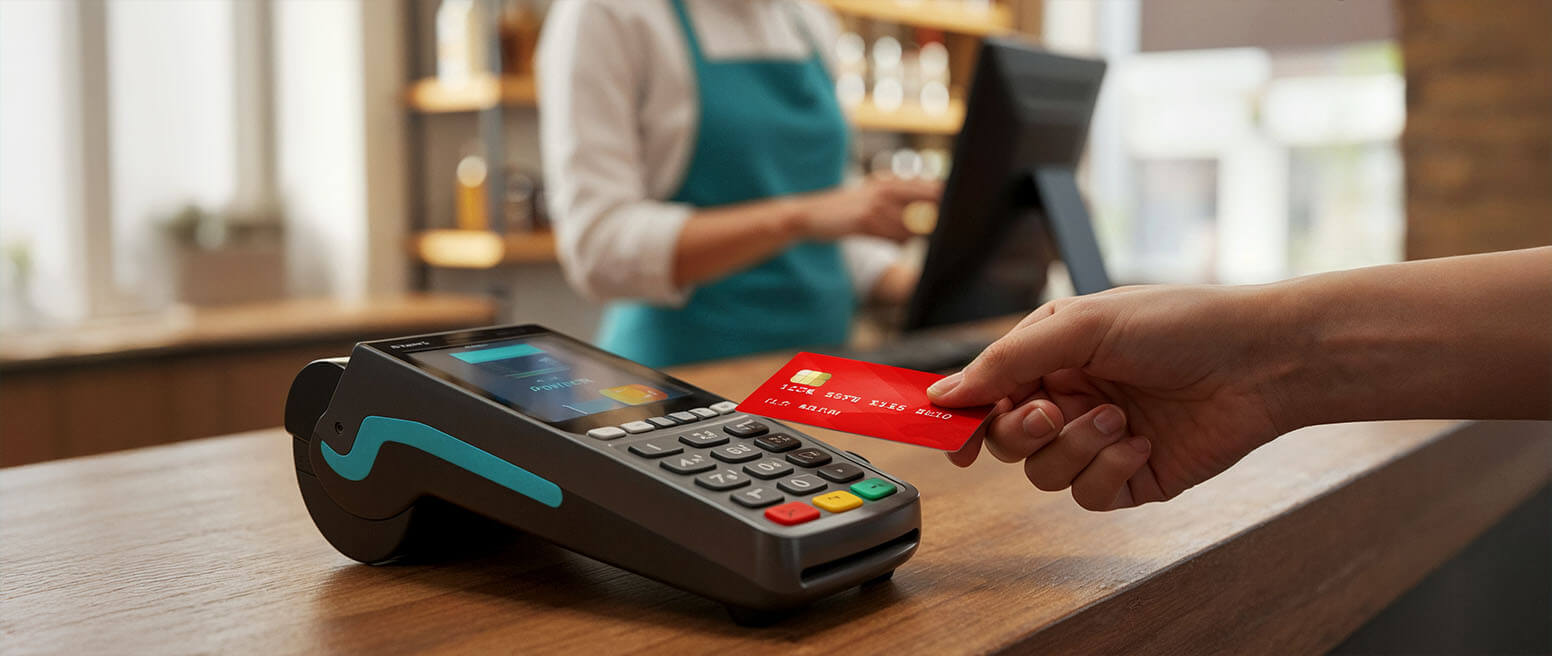“Buy Now Pay Later” Options are Transforming Commerce as We Speak. Are You Ready?
“Buy now pay later,” commonly shortened to “BNPL,” is perhaps the hottest topic in payments right now.
This payment option gained a lot of traction post-pandemic. Thanks to BNPL, millions of shoppers were able to make interest-free purchases that might’ve been unrealistic if done in one lump sum. But, with so much buzz surrounding this popular payment option, you might be wondering how it works.
More specifically, how does it fit into the larger payments ecosystem? For instance, how can consumers enjoy BNPL payments safely and responsibly? Are there unique risks associated with BNPL fraud and chargebacks for merchants? Let’s take a look.
Today, we’re breaking down BNPL payments to explore the benefits — as well as the shortcomings — for both merchants and consumers.
Recommended reading
- What is EMV Bypass Cloning? Are Chip Cards Still Secure?
- Dispute Apple Pay Transaction: How Does The Process Work?
- Terminal ID Number (TID): What is it? What Does it Do?
- How EMV Chip Cards Work: Pros, Cons, Data Points & More
- The AI Gap: Banks’ Slow Adoption Creates Chances for Fraud
- Point of Sale Systems: How to Get More From Your POS Machine
What is Buy Now Pay Later (BNPL)?
- Buy Now Pay Later
A “buy now pay later” payment is essentially a consumer loan that allows shoppers to finance purchases in installments; usually four to six installments over a short period of time. BNPL payments may be offered by merchants at the point of purchase. They are available and managed by several third-party financial applications including Affirm, Klarna, and Zip.
[noun]/bī • nou • pā • lā • tər/It would be fair to think about buy now pay later payment as a “part-layaway, part-credit” purchase.
BNPL is attractive to consumers because it can let them break up expensive purchases into more manageable installments. This benefits merchants, too, as it could allow customers to spend more than they might otherwise. It’s a real win-win in that regard.
Furthermore, many customers can use this payment option without running a hard credit check or applying for larger loans to receive financing. So, making a BNPL purchase doesn’t affect their credit score, and customers can also receive financing even without a great credit history.
As popular and in demand as BNPL payments are, the industry has received intense criticism for its propensity to encourage customers to spend outside of their means. Additionally, merchants could be saddled with increased fraud and other risks for both online and in-person purchases. Of course, we’ll delve into all this in more detail below.
How Do BNPL Payments Work?
A merchant can typically offer buy now pay later payments by partnering with a buy now pay later service provider.
Consumers may download a BNPL provider’s app directly to their smartphone. Once this is accomplished, the app will walk the customer through the process of linking a bank account or debit card to begin processing payments. If approved, the customer can then shop with supporting merchants and select the BNPL app payment option at checkout.
After selecting the payment method of their choice, the BNPL application will arrange a payment schedule for the customer’s approval. In the final step, the app will process the first payment at purchase, then debit the customer’s account for the remaining payments.
For merchants offering BNPL payments is a great way to make customers happy while simultaneously expanding profits. To offer a buy now, pay later option to your customers, you first have to partner with a service provider. There are numerous companies out there offering BNPL support to merchants, including Klarna, Afterpay, and Affirm (just to name a few). Payments can also be facilitated through Mastercard or Visa.
BNPL: Pros & Cons for Consumers
For customers, the benefits of buy now pay later are clear. While credit cards have a stricter approval process and higher fees, BNPL offers near-instant approval with looser lending restrictions. Buy now pay later services only run a soft credit check, meaning it doesn’t impact the customer’s credit rating, and there are low- or no-interest rates.
BNPL also gives immediate access to more expensive items. This is partly why an estimated 40% of Americans — and 60% of Millennial shoppers, in particular — planned to use this financing option sometime during the 2022 holiday season.
It’s like there is no real reason for consumers not to love BNPL. Of course, the one downside that stands out is at the core of its proposed benefits. While consumers can buy items and break them up into smaller payments, this can lead consumers to commit to purchases they can’t readily afford.
While this might not seem like an immediate issue, it can be a huge drain on the finances. For example, let’s say a consumer makes several expensive purchases through the popular retailer SHEIN, and then selects Klarna as their BNPL payment option.
The app isn’t going to check whether or not that consumer has sufficient finances or is paid regularly enough at the present time to afford the payment plan for that item. It doesn’t stop buyers from overspending without realizing it.
BNPL Pros & Cons for Merchants
For merchants, the pros and cons of buy now pay later retail are much more complex than those confronting consumers. While BNPL does offer many benefits for merchants, there are just as many potential downsides to consider, too.
First off, merchants need to determine if adding the payment option will even prove to be profitable for their business. Next, they need to know if they can do so safely without drastically increasing their risk of fraud and abuse.
BNPL Pros for Merchants
Let’s start by running down the benefits of offering buy now pay later options to buyers. Admittedly, there are some great ones to consider:
BNPL Cons for Merchants
Of course, even for all those benefits, there is an equal number of potential drawbacks for merchants to think about, too.
Top 5 BNPL Payment Apps for 2023 & Beyond
So, you’ve weighed the risks, and are now ready to proceed with a fully-informed search for a buy now pay later provider. The question: where do you start?
The most trusted and popular BNPL payment platforms for consumers and merchants are all largely similar in terms of functionality. Each offers loans that allow customers to pay for purchases in 4 to 6 installments, either monthly or bi-weekly. They also feature similar transaction fees and late fees.
Here are the top 5 most widely-used BNPL apps (in no particular order):
Affirm
Affirm’s mobile-friendly, omnichannel solution is optimized for eCommerce, in-store transactions, and telesales. Affirm provides the tools merchants need to easily integrate pay-over-time options for shoppers. The company is accepted by big-name retailers like Amazon, Peloton, and Walmart. Affirm also integrates with eCommerce solutions like BigCommerce, Shopify, Wix, and WooCommerce.
Afterpay
Afterpay, a Square company, can be used on any Square POS or handheld terminal (either produced by Square, or Square-enabled). Many major retailers like Bed Bath & Beyond, Lululemon, and Ulta offer Afterpay as a BNPL option to their customers. Afterpay also integrates with Stripe and Squarespace to offer BNPL services in the eCommerce space.
Klarna
Sezzle
Zip
Formerly Quadpay, Zip is popular with customers of Newegg, Famous Footwear, and Fashion Nova. Zip integrates with Shopify, BigCommerce, and Magneto. Zip can also be accepted online or in person.
It seems there’s a little something for everyone with BNPL. However, we’ve got some tips that can help ensure merchants and consumers get the most out of this technology.
3 Essential BNPL Shopping Tips for Consumers
Remember that, as a consumer, you’re liable for every purchase you make using a buy now pay later platform. That means you’re also liable for every payment, and could face heavy fees and penalties if you can’t honor your arrangement.
As mentioned above, BNPL companies aren’t going to take a hard look at your credit to determine whether or not you can afford what you want to buy. Instead, they will make a risk assessment of you based on what you intend to purchase, and the funds you have available in your linked bank account. Some companies, like Affirm, will run a soft-credit check to determine whether or not you have a history of paying your bills on time, but that’s not a very rigorous process.
Whatever the case may be, if BNPL is something you’re considering, it’s important to stick to a few shopping best practices. These will help you get the most out of the experience without getting caught up in the pitfalls:
#1 | Be Budget-Conscious
You probably wouldn’t use BNPL if the item you wanted was within your immediate budget. After all, the flexibility of smaller installments is the whole point, right? That said, you should think through each purchase carefully, and make sure you can afford the payment installments before buying. Never take on more than you would spend in a given month.
#2 | Buy Wisely
We get it. It’s super easy to get what you want through that online retailer and spread the payments out over a few months. Just remember: the more you spend on the site, the more payments are going to come out of your account. A good rule of thumb here is to make only one BNPL purchase at a time. Pay off one purchase before making another. This ensures that you don’t get bogged down by multiple payments hitting your bank account at inconvenient times.
#3 | Shop With Reputable Merchants
Not every BNPL transaction is a legitimate one. You should be very careful about who you share your payment credentials with. BNPL fraud is a real concern. Although consumers are mostly exempt from liability for fraudulent purchases… if the fraudster gets ahold of your personal information, they are free to exploit as many accounts as they can access with those details.
BNPL payments are a great way to spread out larger purchases and get ahold of expensive items. Use it carefully, conscientiously, and with practical concern, though.
BNPL: The Bottom Line For Merchants
Ultimately, it’s up to individual merchants to decide what works best for their business. Whether a merchant wants to go all-in and offer as many payment options as possible, or if they’d rather take a more tempered approach. Both are valid choices, but they should be considered very carefully before blindly jumping in. Questions to ask here could include:
- How much revenue do I have to work with?
- Are most of my sales online or in-person?
- How old are my average customers, and how do they shop?
- How susceptible am I to payment fraud?
- What’s my overall chargeback ratio?
Once these questions have been answered, merchants will be far better placed to decide on whether to embrace BNPL and how many options they might add.
Also, because BNPL fraud is a serious threat, it would benefit merchants to have a solid fraud prevention plan in place long before they expand their checkout plans. They must adopt a multilayer strategy to manage risk. This is the only way to lower risk.
Learn more about fraud preventionWant to offer alternate payments, but feeling overwhelmed by managing all the externalities and uncertainty? Chargebacks911 can help. Contact us today for your free ROI analysis.
FAQs
What is BNPL (Buy Now Pay Later)?
A “buy now pay later” payment is essentially a consumer loan that allows shoppers to finance purchases in installments; usually four to six installments over a short period of time. BNPL payments may be offered by merchants at the point of purchase. They are available and managed by several third-party financial applications including Affirm, Klarna, and Zip.
How Do Buy Now, Pay Later Apps Work?
After selecting the payment method of their choice, the BNPL application will arrange a payment schedule for the customer’s approval. In the final step, the app will process the first payment at purchase, then debit the customer’s account for the remaining payments based on a prearranged schedule.
Can Buy Now, Pay Later Apps Help You Build Credit?
Short answer: no. The repayment period is too short to generate credit information. Also, keep in mind that while BNPL won’t help you build credit, if you miss payments regularly or fail to honor the agreement, it could still hurt a consumer’s credit.
Who is the biggest BNPL company?
With millions of users, Klarna and Afterpay are the two biggest BNPL companies, according to a 2022 report from yStats.com.
How do BNPL companies make money?
BNPL providers do not typically charge interest to buyers. Instead, they make money from transaction fees collected from merchants; typically 3-6% of the transaction total. Merchants are willing to pay this fee because it means capturing a sale that might not happen otherwise if the buyer didn’t have the money up front.















